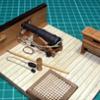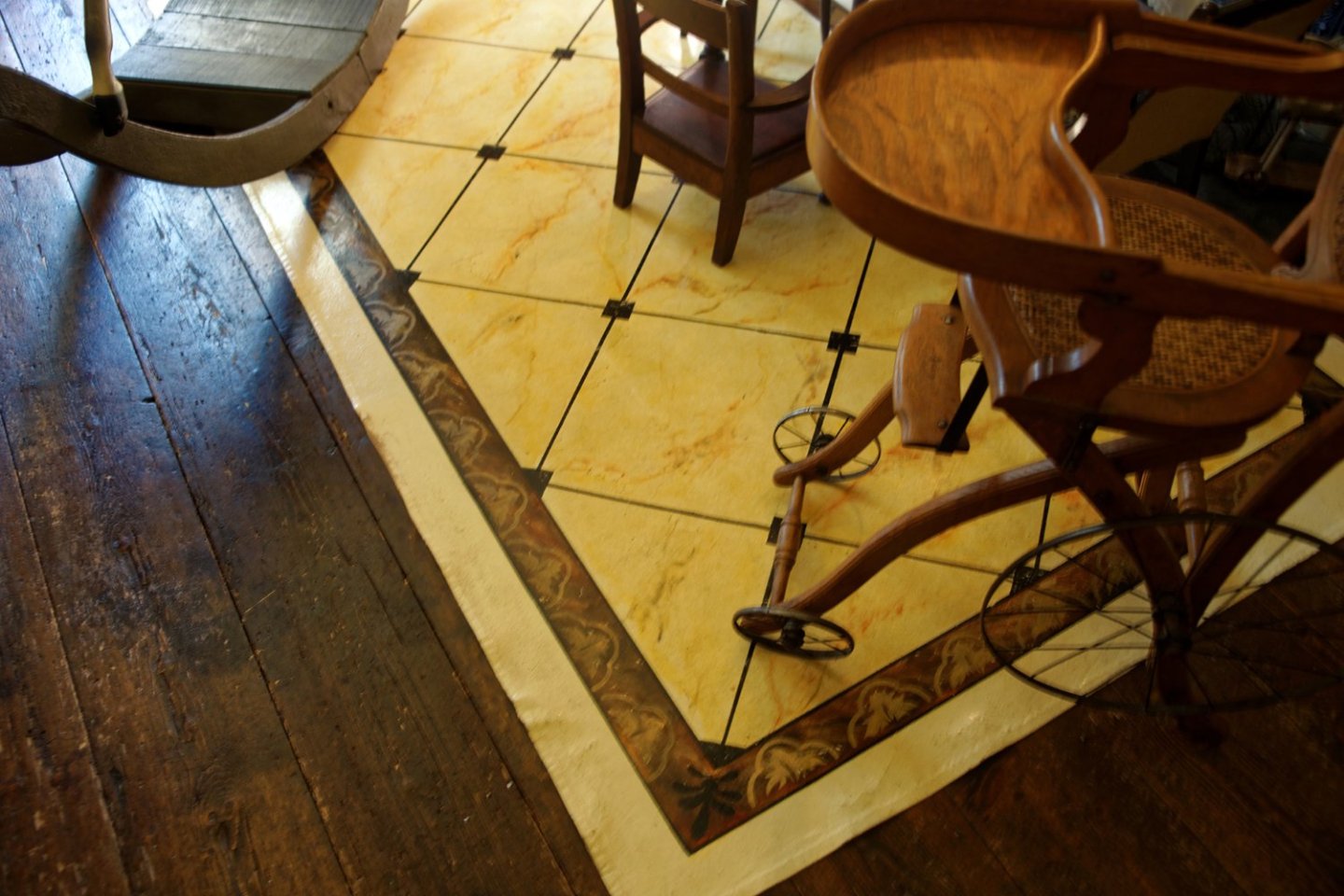-
Posts
5,945 -
Joined
-
Last visited
Content Type
Profiles
Forums
Gallery
Events
Everything posted by BANYAN
-
Great find Wayne, much appreciated. cheers Pat
- 17 replies
-
- Book
- great britain
-
(and 1 more)
Tagged with:
-
Taking the time to fair the hull properly results in a much better model Bruce; we can all wait while you get this done. cheers Pat
- 43 replies
-
- mediator
- first build
-
(and 1 more)
Tagged with:
-
Bob, thanks for posting that image - one learns every day. cheers Pat
-
Looking forward to seeing this little project progress Eberhard, especially the way you tackle them - I have some small boats to do soon also, so I hope you don't mind me poaching your techniques cheers Pat
-
Hi, I am not a yellow-wellie sailor (as in yachting) but from the imagery I have seen, the gaffs were in the lowered position and parallel with the boom; trysail gaffs (depends on what you are calling a trysail, as I have found there are many interpretation from small triangular storm sails to smaller replacement sails the same shape as the fore-and-aft sails) were only set-up when the sail was rigged (if the former interpretation). cheers Pat
-

Ultimation Model Slicer Anyone?
BANYAN replied to Bill Jackson's topic in Modeling tools and Workshop Equipment
Also an 'unnecessary' tool for me. These types of cutters use a 'V' profile cut (even when sharp) due to the razor blade cutting edge, leaving an oblique end profile that needs squaring for a good fit. I got rid of mine a long ago and simply hand or power saw cut 'fat' of the line, then touch up with my disc sander to the line. cheers Pat -
Rob, some clippers had two spiderbands (for belaying pins) at their base; perhaps an option? cheers Pat
- 3,560 replies
-
- clipper
- hull model
-
(and 2 more)
Tagged with:
-
The plaudits offered by other builders are well deserved Keith, let me add to the list of appreciative followers. This is a very high-quality model of an interesting subject - it has made for many hours of pleasant reading/viewing. cheers Pat
-
Rob, your model of GoS is looking great, and a pleasure to follow the updates. I have just noticed though, that you have used chain for the boat gripes; I am assuming this is as per research you have conducted. As the chain will have been pretty hard on the boat planking surfaces, and planks themselves, it may have been used in combination with wooden pad pieces to keep the chains off the planking, and/or leather (or other) Scotchmen (anti-chafing mats/pieces)? I admit not looking back through the log, so I apologise if I have raised something you have already discussed? For the purposes of modelling, however, what you present serves the purposes of how and what was used. Only raised as FYI. cheers Pat
- 3,560 replies
-
- clipper
- hull model
-
(and 2 more)
Tagged with:
-

NAIAD 1797 by Bitao - 1:60
BANYAN replied to Bitao's topic in - Build logs for subjects built 1751 - 1800
A great testimony to your skills Bitao; a truly high-quality model. cheers Pat -
Ditto, I have several of these to correct Rob; good to see you not taking the 'that'l do' path. cheers Pat
- 3,560 replies
-
- clipper
- hull model
-
(and 2 more)
Tagged with:
-
Stunning work and detail as usual Keith; it is always a pleasure to see the updates you have done. cheers Pat
-
Ditto Michael; hope to see you back at it again cheers Pat
- 2,215 replies
-

NAIAD 1797 by Bitao - 1:60
BANYAN replied to Bitao's topic in - Build logs for subjects built 1751 - 1800
Love those deadeyes and offer congratulations on your resolving a better way of making them. I think Greg (dvm) says it all in his post. cheers Pat -
What a delightful update to come home to Glen; I go away for a few days and then see this. That is an outstanding presentation of a great build; impressive - you have set a high standard for your next build. I have really enjoyed following this build mate. cheers Pat
- 194 replies
-
- Bottle
- Treasure Fleet
-
(and 3 more)
Tagged with:
-
Nicely done, looks good Peter cheers Pat
- 79 replies
-
- Endeavour
- Artesania Latina
-
(and 1 more)
Tagged with:
-
Welcome back. That rigging is looking great Rob; nearly there now. cheers Pat
- 3,560 replies
-
- clipper
- hull model
-
(and 2 more)
Tagged with:
-

NAIAD 1797 by Bitao - 1:60
BANYAN replied to Bitao's topic in - Build logs for subjects built 1751 - 1800
She is really looking great Bitao; very nice work. cheers Pat -
Ditto congrats and 'well done' with those crows feet and the euphroe blocks - very nicely balance with fine detail. cheers Pat
About us
Modelshipworld - Advancing Ship Modeling through Research
SSL Secured
Your security is important for us so this Website is SSL-Secured
NRG Mailing Address
Nautical Research Guild
237 South Lincoln Street
Westmont IL, 60559-1917
Model Ship World ® and the MSW logo are Registered Trademarks, and belong to the Nautical Research Guild (United States Patent and Trademark Office: No. 6,929,264 & No. 6,929,274, registered Dec. 20, 2022)
Helpful Links
About the NRG
If you enjoy building ship models that are historically accurate as well as beautiful, then The Nautical Research Guild (NRG) is just right for you.
The Guild is a non-profit educational organization whose mission is to “Advance Ship Modeling Through Research”. We provide support to our members in their efforts to raise the quality of their model ships.
The Nautical Research Guild has published our world-renowned quarterly magazine, The Nautical Research Journal, since 1955. The pages of the Journal are full of articles by accomplished ship modelers who show you how they create those exquisite details on their models, and by maritime historians who show you the correct details to build. The Journal is available in both print and digital editions. Go to the NRG web site (www.thenrg.org) to download a complimentary digital copy of the Journal. The NRG also publishes plan sets, books and compilations of back issues of the Journal and the former Ships in Scale and Model Ship Builder magazines.





